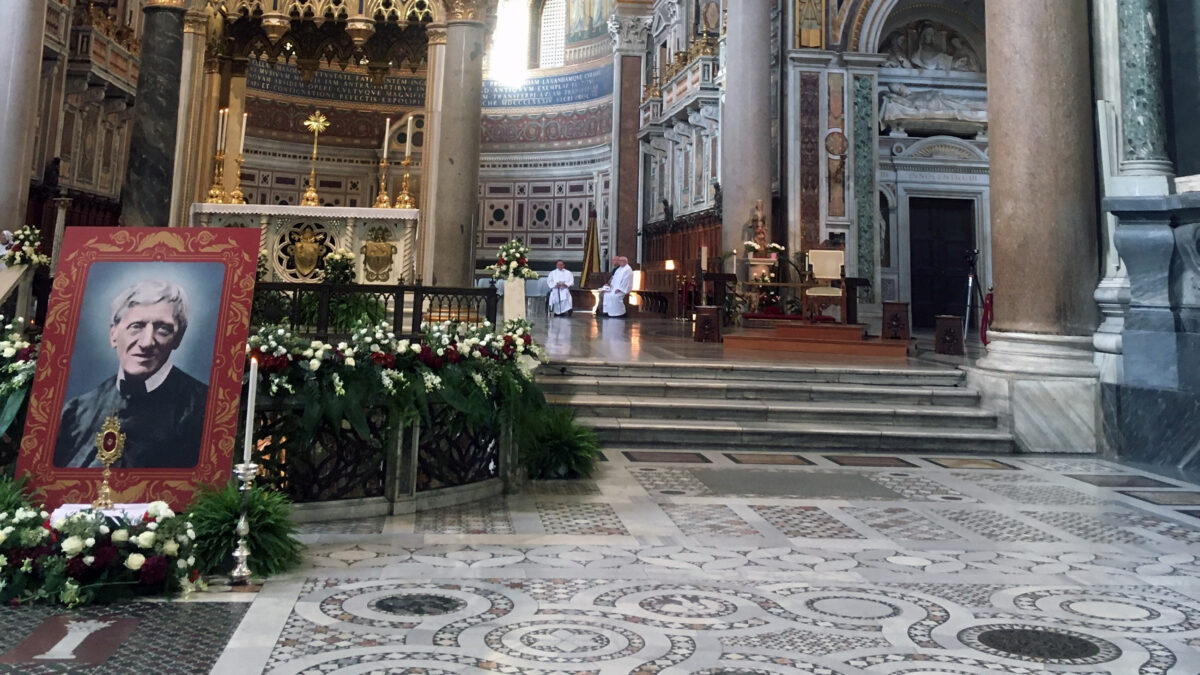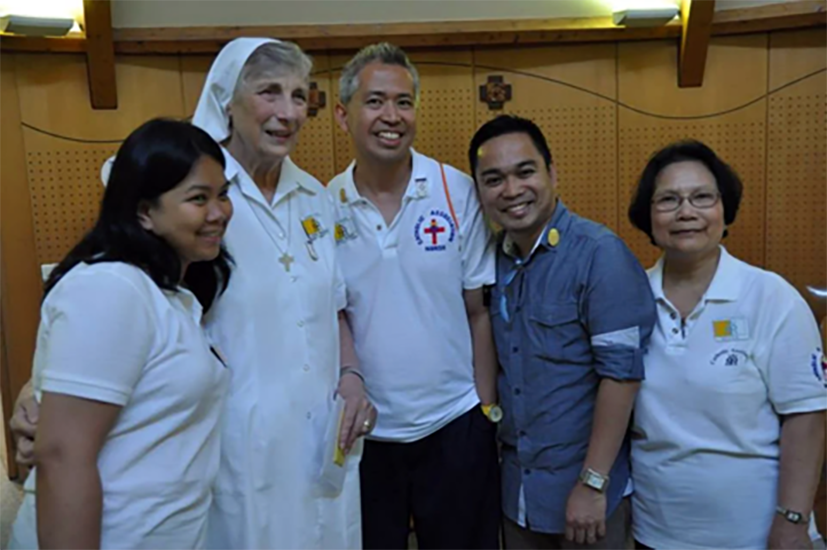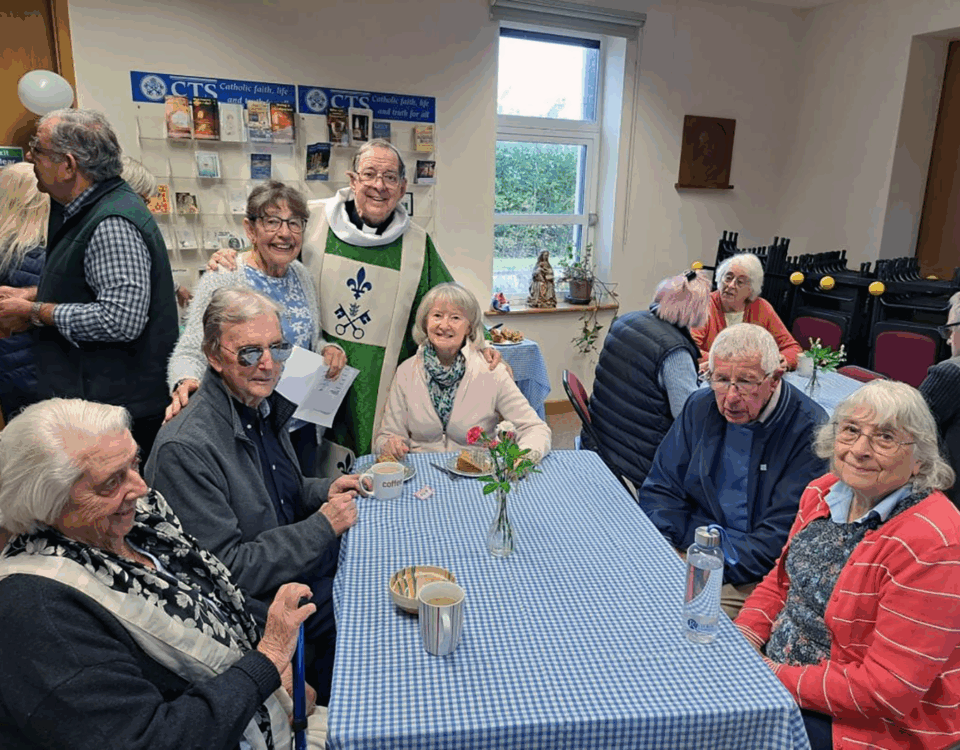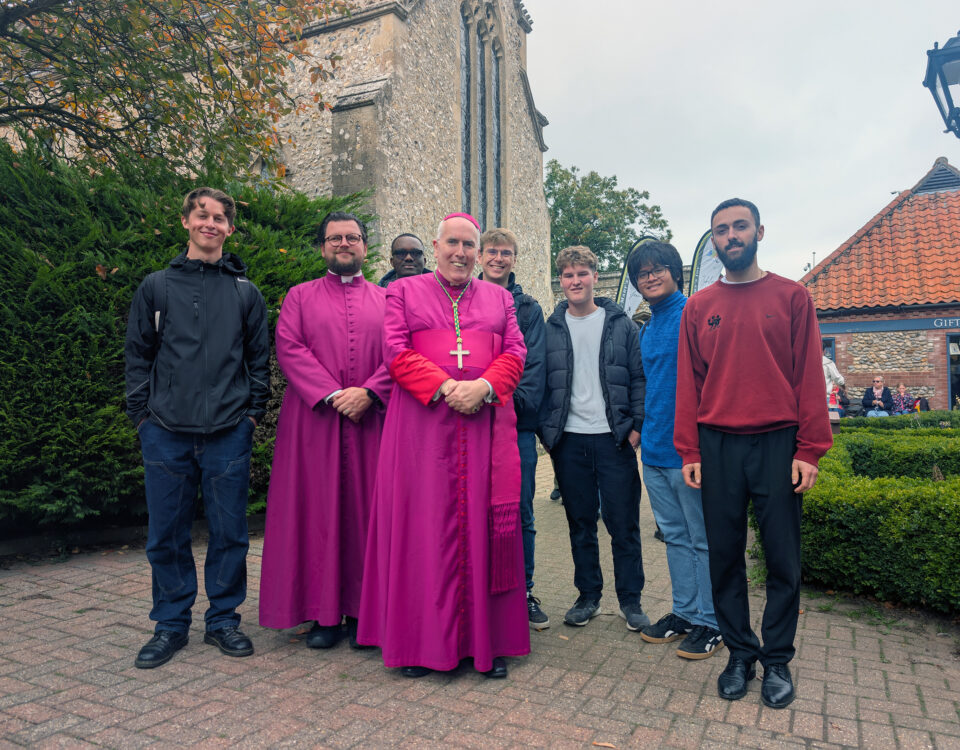
Major Boost for ‘At Risk’ Church in Peterborough
August 18, 2025
Sacred Heart Opens Door to Accessibility
August 21, 2025Jean M Johnson reflects on her decades-long journey with St John Henry Newman’s Cause, from his declaration as Venerable through Beatification and Canonisation, to the joy of seeing him named a Doctor of the Church.
It was a wonderful July day when I opened the Birmingham Archdiocese News and read that Pope Leo had announced St John Henry Newman was to be declared a Doctor of the Church. The news filled me with joy, though it came at the end of a journey I had been privileged to follow closely for many years.
Although I was received into the Catholic Church at St Mary’s, Ipswich in 1977, I spent 35 years living in Birmingham, within walking distance of the Oratory in Edgbaston. My spiritual home was my parish church, but I was also deeply involved with the Oratory community. Like Newman himself, my own journey had begun in the Church of England, and I recognised in him a kindred spirit.
When I shared the news of Newman’s recognition as a Doctor of the Church, the first to reply were Anglican friends from our ecumenical Guild of Our Lady of Grace. Newman is truly a saint for both Catholics and Anglicans. His hymns, such as Praise to the Holiest, are sung regularly in Anglican churches, including my sister’s village parish. The Oxford Movement, led by Newman, drew many to Rome, but also left a deep and lasting influence within the Anglican tradition.
At the Oratory, we spoke of him affectionately as Our Cardinal. To us he was a familiar and guiding figure, whose holiness and wisdom continue to illuminate the Church today. I was fortunate to learn from Fr Gregory Winterton, the first Postulator of Newman’s Cause, and from many authors and speakers who came to the Oratory. We prayed earnestly for Newman’s canonisation, in many languages, and I remember even carrying copies of that prayer to Poland during the Communist years.
The long path towards sainthood began to quicken once Newman was declared Venerable. When the first miracle was recognised, we welcomed Jack Sullivan, the American deacon cured of a spinal disorder, to the Oratory. I had the privilege of speaking with him. Then in 2010 came the Beatification, celebrated by Pope Benedict XVI at Cofton Park, just a few miles from the Oratory. I will never forget arriving before dawn, sitting for hours in the rain, and then seeing the sun break through as the helicopter carrying the Holy Father appeared. Most moving of all was seeing elderly Fr Gregory kneel at the Pope’s feet – a moment of reward for his tireless dedication to Newman’s Cause.
In the years that followed, I served on the committee preparing for the Canonisation. We rejoiced again when news came of a second miracle, this time involving the safe birth of little Gemma Villalobos, despite her mother Melissa suffering a life-threatening bleed during pregnancy. Meeting them both was unforgettable.
Travelling to Rome for the Canonisation in 2019 was one of the highlights of my life. The days were full: Mass at the Venerable English College, where all three of Newman’s hymns were sung; encounters with pilgrims from Birmingham, Anglicans as well as Catholics; and precious time with Deacon Sullivan, still in good health.
The Canonisation Mass on 13 October was a moment of deep joy, though not without challenges — for us in Rome, much of it was in Italian, so we missed parts of Newman’s words which those at home enjoyed with English translations. Afterwards, at a reception attended by bishops and dignitaries, I listened to Prince Charles (now King Charles III) speak movingly about Newman’s legacy. His words, clearly written from the heart, revealed a genuine devotion to “our Cardinal”.
The crowning moment for me came the next day at the Lateran Basilica, when I found myself in the second row, just behind Melissa and Gemma. When Cardinal Vincent Nichols greeted them, he also recognised and greeted me from his Birmingham days. The service, this time entirely in English, was magnificent – with the Oratory School choir singing to perfection, Catholic and Anglican bishops side by side, and the sense of a historic moment for the Church in England.
Now, as St John Henry Newman is named the 38th Doctor of the Church, our country has gained another great teacher of faith. He follows in the footsteps of St Bede the Venerable and St Anselm of Canterbury. Here in East Anglia we can claim our own connections too: Bede’s history mentions King Raedwald of Sutton Hoo, and we are blessed with Newman scholars such as Professor Eamon Duffy of Cambridge and Fr Michael Rear of Walsingham.
I encourage all parishes to celebrate Newman by including his hymns in worship and by reading his inspiring words. If you do not already know it, seek out his beautiful prayer beginning “God has created me to do Him some definite service.” It is a prayer that never fails to strengthen faith and purpose.
St John Henry Newman, pray for us.




